PANA SANKRANTI (ODIA NEW YEAR))
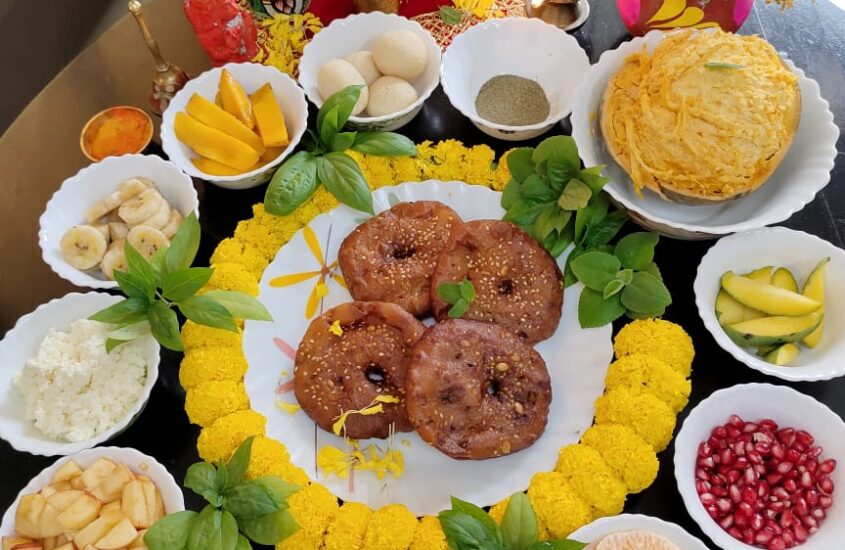
Indian heritage and culture are vast because of the large number of religious groups, residing in the country we have different traditions and customs. India is a country of diversity. There are 28 states and 8 union territories in our country. All celebrate their cultural festivals and together we stand. Unity in diversity is our identity.
Odisha, as we all know is situated in the eastern part of India. It is famous for lord Jagannath temple in Puri, and lots of festivals are celebrated here with great fervor.
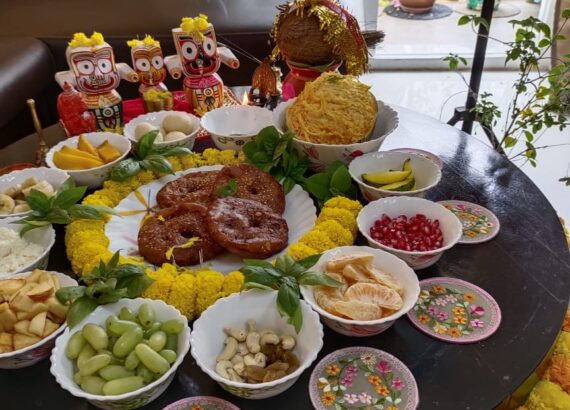
WHEN PANA SANKRANTI IS CELEBRATED
On the first day of the solar month (Baisakha, odia traditional calendar, which follows the lunisolar Hindu calendar) we celebrate our Odia New Year. This day is also known as MAHA VISHUBA SANKRANTI or PANA SANKRANTI. We celebrate this auspicious festival with great enthusiasm.
Pana in Odia is a traditional special drink made of Bel and other ingredients offered to all gods, especially to lord Jagannath, and then people have it.
STORY OF PANA SANKRANTI
Long ago, this festival was started by agricultural (agrarian) societies and it is marked as the start of the new agricultural year.
It is believed that the Pana drink was served to lord Jagannath in Puri temple as a remedy for the scorching summer heat.
The drink is made with water, jaggery, yogurt, cheese (cottage cheese), and different types of fruits like grapes, oranges, pomegranates, and various spices, and is believed to have cooling effects during scorching heat.
The Pana drink is an essential part of the festival hence this festival is called Pana Sankranti. Pana is offered to lord Jagannath and then it is shared among, friends and neighbors as a symbol of togetherness and unity, welcoming the summer season with a colling sweet drink.
HOW PANA SANKRANTI IS CELEBRATED
Basundhara ( the stream of the earth) Theki(a small pot) on this auspicious day is filled with pana and water. Which is hung above the Tulsi plant. There is a hole at the bottom of the pot that allows the water to fall slowly from the pot, representing rain which is very essential for life on Earth. Here, Tulsi symbolizes human life and it is to be saved from the scorching sun by resting in the shed and taking enough water. Our traditions are fully scientific and our ancestors have developed so many things judiciously.
Chatua (flour of horse gram) along with banana and curd is served to deities then people have it.
People participate in many activities like folk dances (like Jhama Nata and Danda Nata) and music performances. Celebrations like this reflect the vibrant culture and heritage of Odisha. All the Devi temples such as Cuttack Chandi Temple, Biraja Samaleswari Temple, and Sarala Temple become crowded which is called Jhammu Yatra. In North Odisha, this festival is known as Chadak Parva. In South Odisha, the Meru Yatra festival is celebrated as the end of the month-long danda nata festival. Many devotees gather at Tara Tarini temple during Chaitra Yatra.
Odia panji starts from this day ( the new year calendar ) which depicts all the rituals, festivals its time, etc).
This day is also celebrated as Hanuman Jayanti as it is believed that lord Hanuman took birth on this date.
I still remember my childhood days when my grandfather (maternal) used to make pana and after puja, we all used to relish it.
Today my friend Smruti Mishra who is an entrepreneur,
{A Dreamer, Art lover, Media Trainer, Lawyer, Social Activist, Motivator, and Owner of Smriti’s Creations}, has celebrated Pana Sankranti at her home in Bhubaneswar (Odisha), She has shared photos and videos to make this blog more lively. Heartfelt gratitude to her for sharing her moments and making us proud to be an Odia.
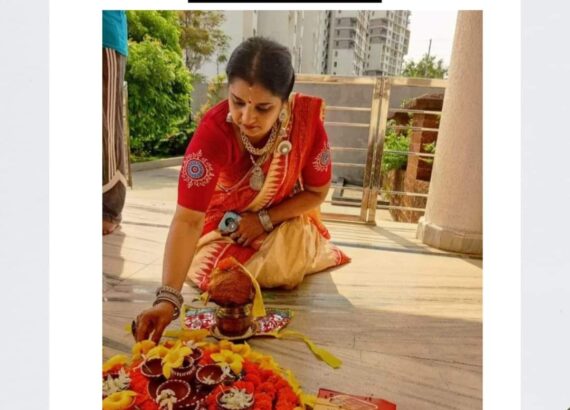
During this period different states also celebrate their new year as Bihu (Assam), Baishakhi (Punjab ), Juir Sheetal (Mithila), Pohela Boishakh ( West Bengal), Bisu Parba (Tulu Nadu region in Karnataka), Vishu ( Kerala), and Puthandu(Tamil Nadu).
Lastly, Happy New Year wishes to all Indian communities. Happy Pana Sankranti to all my Odisha people.
P.C -Smruti Mishra

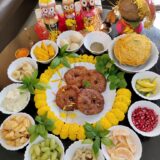




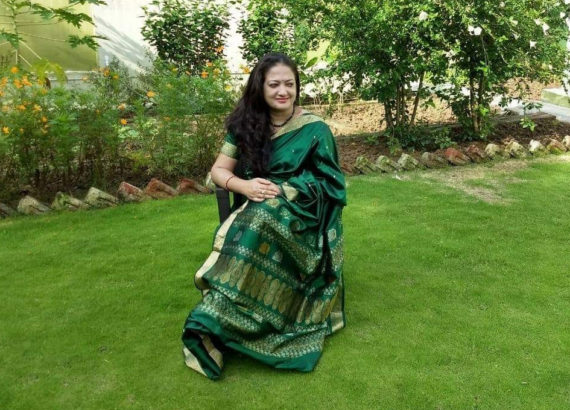

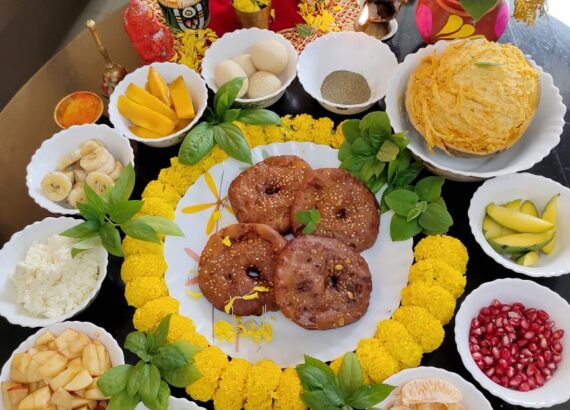
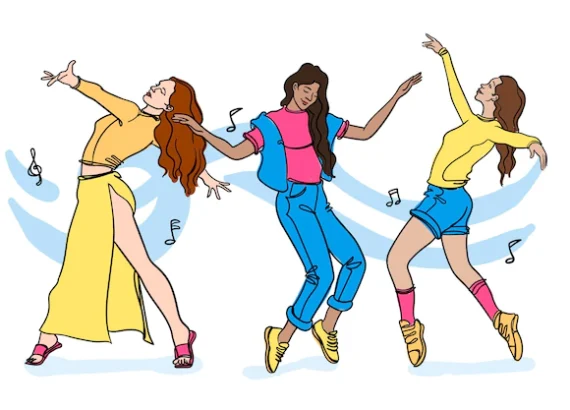

Preetha Kamal
Wonderful